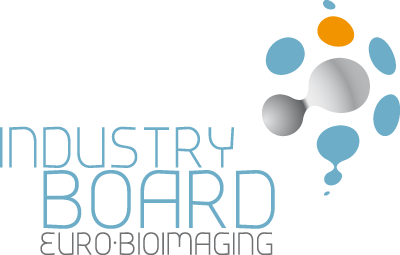Another Tech Exchange episode for 14th October, this time on non-invasive preclinical imaging applications!
Start directly after the Euro-BioImaging Virtual Pub – just stay on or join us at 2pm CEST using the same Zoom link!
We will hear how Electron paramagnetic resonance oxygen imaging (EPROI) is used to study tumour biology and treatment efficacy.

Mrignayani Kotecha from O2M Technologies will present their “JIVA-25™, A Preclinical Oxygen Imager for Biomedical Studies”.
Oxygen is an essential fundamental physiological parameter affecting all aspects of living beings. Hypoxia (partial oxygen pressure, pO2 below 10 mmHg) is an important factor affecting many pathologies. Hypoxia is a critical factor that impacts tumour growth, development, aggressiveness, metastasis, and treatment outcome. In tissue engineering and regenerative medicine (TERM), hypoxia affects the functionality and success of artificial tissue grafts and cell encapsulation devices. The lack of oxygen to metabolically active islet cells is considered the major roadblock in developing functional islet replacement devices to cure type I diabetes. Therefore, the biomedical field needs a noninvasive unambiguous oxygen imager that can provide three-dimensional maps of partial oxygen pressure (pO2) in tissues.
Electron paramagnetic resonance oxygen imaging (EPROI) is a noninvasive oxygen mapping method with high precision and absolute accuracy. EPR detects unpaired electron spins subjected to the constant uniform magnetic field by manipulating them using radio-frequency electromagnetic radiation. EPROI uses the relaxation of an oxygen-sensitive spin probe (f.e. water-soluble trityl OX071), for obtaining oxygen maps in tissues. EPROI was used recently for the first successful demonstration of oxygen-guided radiation therapy.
Mrignayani will present the world’s first preclinical oxygen imager, JIVA-25™, based on EPROI principles.

